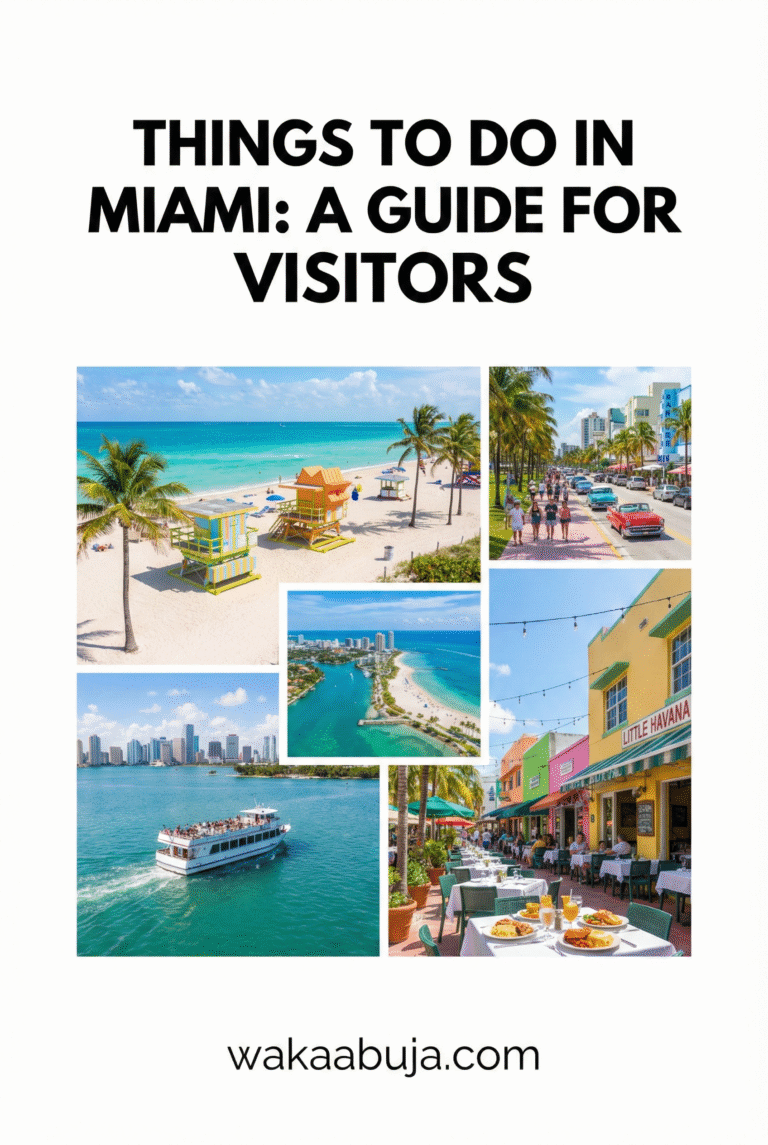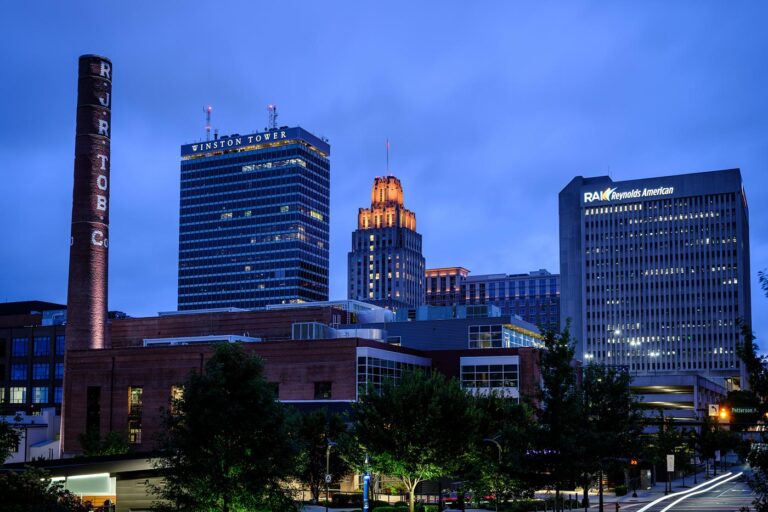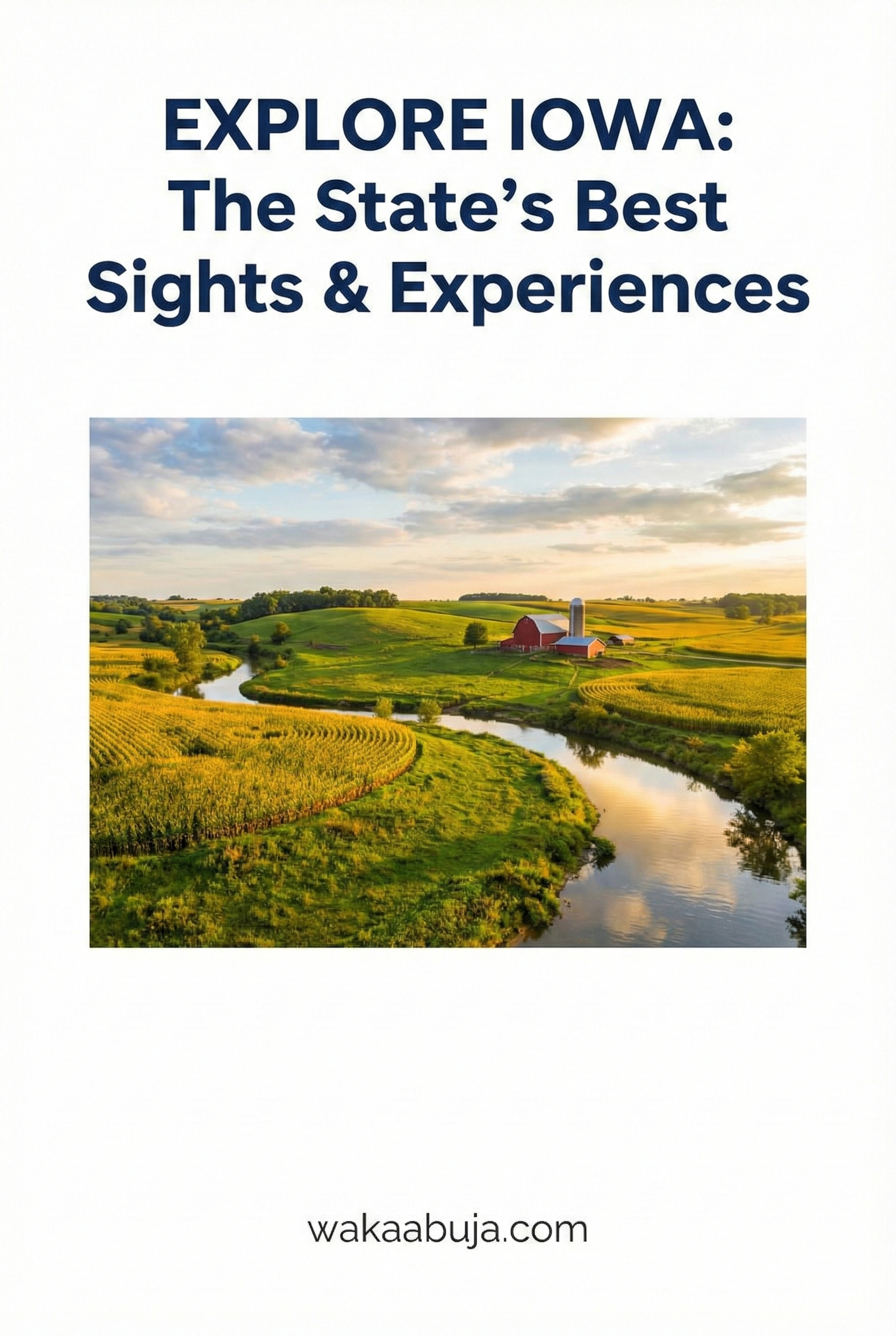Why Visit Arequipa, Peru?
Nestled at the foot of three towering volcanoes, Arequipa is Peru’s second-largest city and an enchanting blend of colonial charm and natural beauty.
Known as the Ciudad Blanca”, or White City, due to its pristine sillar stone buildings, Arequipa offers visitors rich cultural experiences and scenic vistas. Personally, from my visit, I found its vibrant local life and impressive Andean surroundings deeply compelling, making it a top destination in South America.
Getting There and Getting Around
How to Get There: Arequipa is accessible via Rodríguez Ballón International Airport (AQP), which connects with Lima and other domestic hubs. If you prefer overland travel, buses from Lima, Cusco, and other cities offer scenic routes but take up to 18 hours.
Transportation Within Arequipa: While the historic center is walkable and best explored on foot for an immersive experience, public buses and taxis offer affordable ways to reach outlying attractions. For more comfort and flexibility, I recommend booking a private driver or using ride-hailing apps like Beat, which operate reliably here.
Best Time to Visit Arequipa
The dry season from April to November is the most pleasant time to visit, featuring clear skies and mild temperatures around 15-20°C (59-68°F). My personal travel was in July, and the weather was perfect for hiking and city walks. Avoid the rainy season (December to March) unless you don’t mind occasional showers affecting your plans.
Top Attractions and Activities in Arequipa
Here’s what you absolutely cannot miss during your visit:
- Plaza de Armas: The heart of the city with colonial arcades and the majestic Basílica Catedral de Arequipa. I found evenings here especially magical with the sunset lighting the white stone façades.
- Monastery of Santa Catalina: This sprawling convent is a labyrinth of colorful streets and cloisters. It offers deep historical insights and stunning photo opportunities.
- Colca Canyon: A day trip that’s a must for nature lovers. At twice the depth of the Grand Canyon, it’s world-famous for condor sightings and breathtaking vistas.
- Museo Santuarios Andinos: See Juanita la Momia, the well-preserved Inca ice maiden – a rare and fascinating archaeological find.
- El Molino de Sabandía: A 17th-century watermill set against beautiful rural landscapes—a tranquil spot away from the bustle.
Accommodation and Where to Stay
Arequipa offers accommodations ranging from budget hostels to boutique hotels and luxury stays. For my trip, I stayed near the Plaza de Armas, which provided easy access to main attractions and dining options.
Typical Costs and Budget Recommendations
Peru remains one of South America’s most affordable travel spots. Expect daily expenses approximately as follows based on my recent experience (prices updated):
- Local meals: $3–7 USD
- Mid-range dining: $10–15 USD
- Accommodation: Hostels $10–20 USD, Mid-range hotels $30–70 USD, Luxury $100+ USD
- Transportation: Local buses around $0.50 USD, Taxis $3–7 USD depending on distance
- Entrance fees: Museums and attractions $5–15 USD
For a comfortable budget traveler, around $40–60 USD/day is achievable, while luxury travelers will want $100+ USD/day.
Money-Saving Tips and Pro Insights
- Eat where locals eat: Street food and mercados offer authentic, inexpensive delights.
- Use public transport and shared taxis to cut down on fares.
- Book tours directly through local operators rather than international agencies.
- Carry cash in soles — it’s easier and sometimes cheaper than card payments.
- Avoid high-season holidays (e.g., national, religious) to save on accommodation rates and avoid crowds.
Staying Safe in Arequipa
Safety in Arequipa is generally good compared to other large Peruvian cities, though usual travel vigilance is advised. I always kept my belongings secure and avoided isolated areas after dark.
Emergency contacts:
Police: +51 65436111
Medical Emergencies (Ambulance): 116
Tourist Police: +51 65413153
Tours and Experiences Worth Booking
Through my personal bookings, I highly recommend the following:
An unforgettable day tour including condor spotting and local villages. Book with Arequipa Travel.
Explore the colorful maze with expert guides who bring its history to life.
Dive into Arequipa’s gastronomy with local chefs and street food tastings.
Length of Stay Suggestions
Arequipa’s charm unfolds best over at least 3 full days. This allows for a day exploring the historic center, a day trip to Colca Canyon, and a more relaxed day visiting museums, the marketplace, and lesser-known gems.
Arequipa Map and Location
Pros and Cons of Visiting Arequipa
- Stunning volcanic and colonial architecture scenery
- Rich cultural heritage and friendly locals
- Affordable travel costs
- Gateway to the amazing Colca Canyon
- High altitude may cause mild discomfort
- Limited nightlife compared to Lima or Cusco
- Some remote attractions require full-day tours
- Language barrier if you don’t speak Spanish
Frequently Asked Questions about Arequipa Travel
Is Arequipa safe for solo travelers?
Yes, with usual precautions. Stick to busy areas, especially at night. The tourist police are helpful and English-speaking in key zones.
Do I need a visa to visit Arequipa?
Visa requirements depend on your nationality. Many countries have visa-free entry to Peru for up to 90 days. Check the official Peruvian consulate website before travel.
What currency is accepted, and are credit cards widely used?
The official currency is the Peruvian nuevo sol (PEN). Cash is preferred in markets and small shops, but credit cards are accepted in most hotels and restaurants.
What altitude is Arequipa, and will I feel altitude sickness?
Arequipa sits at about 2,335 meters (7,660 feet). Some visitors experience mild altitude sickness. Staying hydrated and taking it easy on the first day can ease symptoms.
Are there guided tours available?
Yes, from day trips to multi-day trekking adventures. Local operators offer reliable tours, and booking through your hotel or trusted agencies is recommended.




